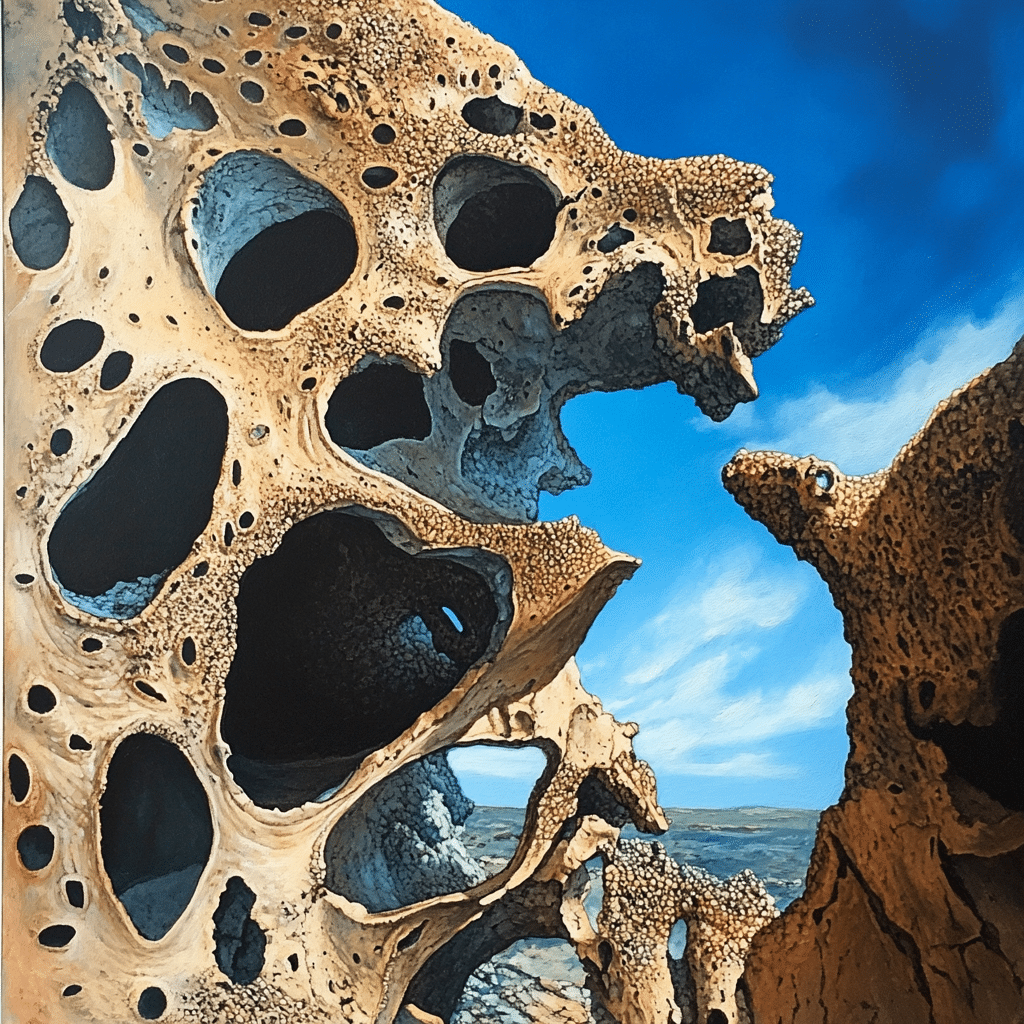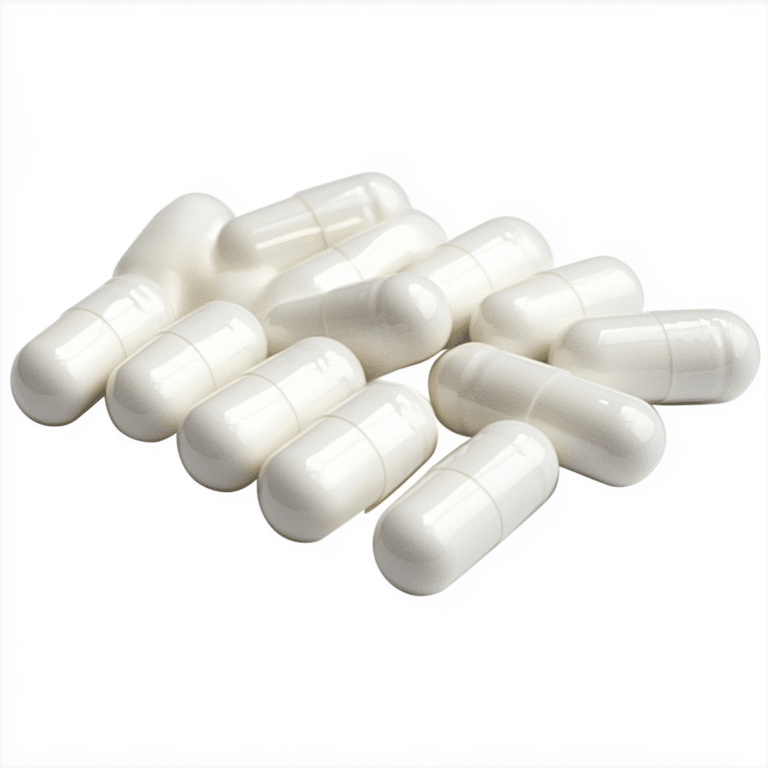When you think about what makes the world work, porosity might not be the first thing that springs to mind. But hold on! This area of study is vital—and here’s why. Porosity, the measure of void spaces in materials, holds tremendous importance in various scientific fields. From geology to environmental science, understanding how porosity affects characteristics like permeability and sedimentation rate influences a multitude of practical applications, from oil extraction to water filtration. So let’s break it down and see how porosity shapes so many aspects of our lives.

The Significance of Porosity in Various Scientific Fields
Porosity plays a pivotal role across several disciplines. In geology, knowing the porosity of rocks helps geologists identify locations where oil and natural gas might be lurking. Companies like ExxonMobil take this data to make informed decisions about where to drill. Without porosity, we’d be shooting in the dark—talk about a waste of resources!
Switch gears to environmental science and you’ll find porosity is just as important. Water needs to flow—whether it’s through soil, sediment, or rocks. If the porosity isn’t right, it can lead to serious issues like flooding or water pollution. Imagine a sponge: when it’s porous enough, it absorbs water efficiently. If not, you get puddles and erosion. This understanding is where agencies like the United States Geological Survey (USGS) come in, studying porosity to make sense of our ecosystems.
Now let’s dive into materials science. The engineering of new materials hinges on an understanding of their structure. High porosity can mean lightweight materials that maintain strength, like those being developed at companies such as 3M. It’s like lifting weights—too heavy, and you risk injury, but with the right balance, you build muscle. A superbly porous material can help filter air or water, showing once again how porosity is truly crucial in science.

Top 5 Real-World Applications of Porosity in Science
Let’s spotlight how porosity matters in our world through five practical applications:
The Interplay of Porosity and Permeability
Here’s where it gets interesting: porosity works hand-in-hand with permeability. While porosity tells us how much space is available, permeability measures how freely fluid moves through that space. Think of it this way: even if a sponge is full of holes (high porosity), it won’t help if that fluid can’t pass through (low permeability).
In hydrogeology, studies reveal a strong correlation: high porosity often links to higher permeability. This relationship plays a crucial role when managing groundwater. Get it right, and you can not only hydrate crops but also provide drinking water.
In materials science, companies like 3M are exploring porous nanomaterials with controlled permeability. This innovation means we can create materials that allow air or fluids to pass while blocking larger particles—a game changer for filtration and separation technologies.
Sedimentation Rate: How Porosity Affects Geological Processes
Porosity’s influence reaches sedimentation rates too—how quickly sediment settles in water. High porosity in sediment means more water retention and slower erosion. For example, research from the University of Cambridge shows that sediments with higher porosity can hold water efficiently, impacting flow dynamics in rivers. This understanding can help manage floods.
Let’s not forget volcanic materials. Studies from Harvard University highlight that sediment porosity can change the deposition and stability of volcanic ash, contributing to better disaster preparedness strategies. Knowing how porosity affects sediment transport helps communities stay one step ahead.
Analytical Methods for Measuring Porosity
Measuring porosity isn’t just guesswork—it involves solid science! Various techniques are employed, with Mercury Intrusion Porosimetry being one of the most precise. Companies such as Micromeritics use it for pore size distribution analysis, vital in catalysts and filtering processes.
Nuclear Magnetic Resonance (NMR) imaging provides another avenue for measuring porosity without damaging samples. This technique is especially crucial in the petroleum industry, where understanding reservoir rocks can make all the difference in drilling success.
A Forward-Looking Perspective on Porosity and Its Impact
As we march into the future, understanding porosity is becoming even more crucial. AI-driven analytics are emerging in the measurement process, as explored by organizations like IBM Research. This technology enhances our understanding of material properties and aids in better decision-making.
With advancing knowledge in porosity, we open doors to tackle global challenges. Whether it’s about sustainable resource management or mitigating climate change’s impacts, porosity plays a vital role. As we dive deeper, we stand on the cusp of breakthroughs that can enhance practices across sectors, championing a path toward a sustainable future.
So, folks, never underestimate the power of porosity! It’s essential for everything from ensuring a good pump at the gym to creating the foundation of modern infrastructure. Understanding it can lead to innovations that make our world a better place, one void at a time!
Porosity: Fun Trivia and Interesting Facts
Understanding the Essence of Porosity
Did you know that porosity plays a crucial role in various scientific fields? For instance, it’s not just about soil and rocks! Porosity affects the quality of our drinking water and the effectiveness of groundwater filtration. In more surprising contexts, finding the right balance of porosity in materials can certainly boost performance in high-tech applications like batteries, where every little detail counts. This reminds me of the classic Suburban Commando where even the tiniest details can lead to major plot twists!
Porosity in Everyday Life
When you think about porosity, consider your favorite pair of shoes. The design of free people shoes often involves intricate materials chosen for their porosity, allowing feet to breathe while staying stylish. This principle also applies to lots of other contexts — from how quickly a sponge absorbs water to the way air and moisture move through building materials. All of these properties highlight the importance of porosity and its role in stability and durability. On another note, just as fighters prep for their showtimes, scientists carefully prepare experiments examining porosity, making adjustments for accurate outcomes.
Health and Environmental Impact
In medicine, porosity can make a significant difference, especially concerning bone health. Bones with the right porosity are stronger and least susceptible to issues like fractures. For example, when assessing pinworm Symptoms, doctors might consider the importance of gut health, which, believe it or not, often boils down to the porosity of the intestines! Furthermore, porosity also plays a part in remediation efforts; understanding how pollutants move through porous media can help develop effective cleanup strategies. When faced with a panic situation, knowing how porous surfaces might trap allergens could help keep health concerns at bay — kind of like deciphering the differences between an anxiety attack Vs panic attack.
Porosity is everywhere; it’s fascinating how this simple concept resonates through numerous aspects of life, science, and health. So, whether we’re comparing Australia Vs England in a cricket match or discussing hydrogen peroxide’s ability to disinfect, keep porosity in mind! It shapes not only natural systems but engineered products, ensuring they meet our varying needs each day.



























